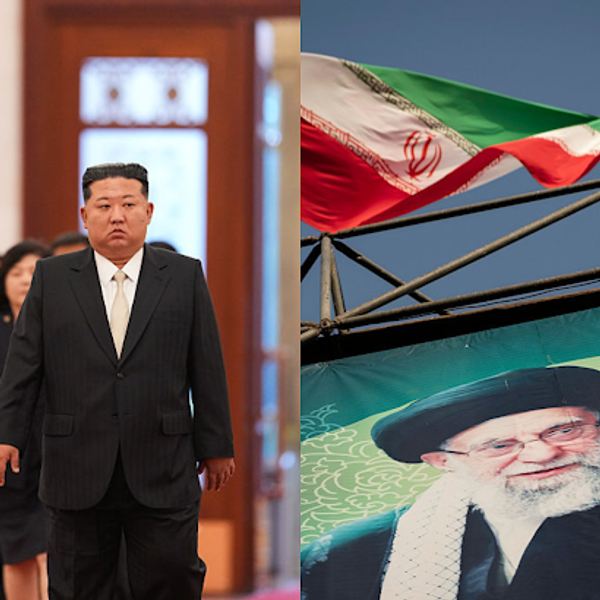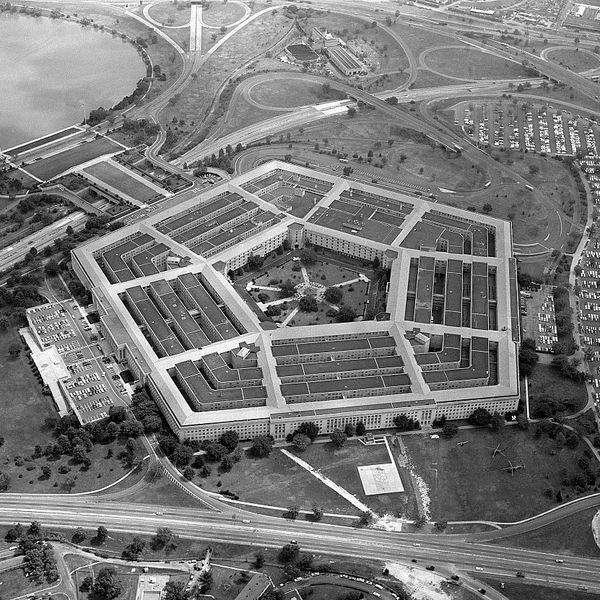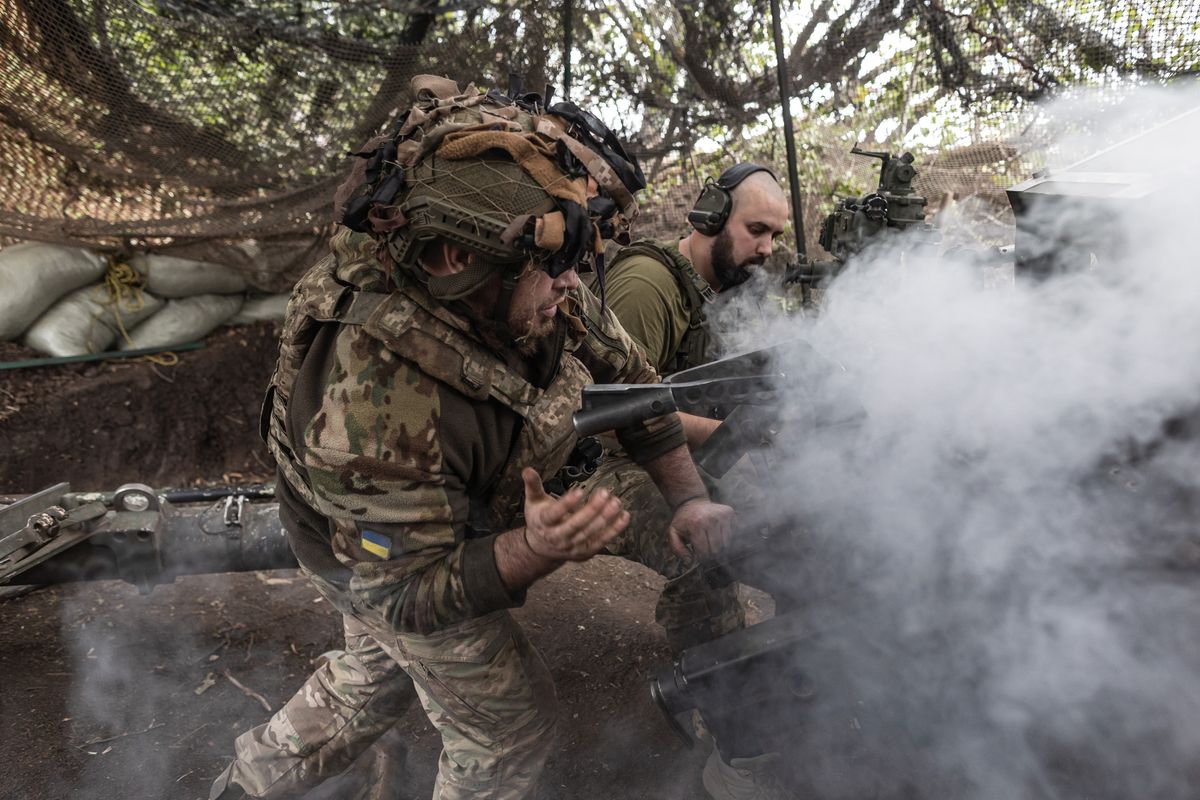OPINION — The Navy is scheduled to begin construction next month on SSBN-826, to be named the USS Columbia, the first of 12 planned new, Columbia-class, strategic, ballistic missile submarines.
The Navy’s top shipbuilding priority, the $110 billion-dollar, Columbia-class program will provide the major number of thermonuclear warheads for the U.S. strategic deterrent well into the 2080s.
Columbia-class submarines will have 16 tubes for sub-launched D-5 ballistic missiles (SLBMs) as compared to the currently deployed Ohio class, which have 24 SLBM tubes, although just 20 are now used to comply with numbers set by the 2010 arms control treaty with Russia.
The first Columbia submarine is currently scheduled to be delivered to the Navy by 2028. “After being delivered in [fiscal year] 2028, the lead boat would undergo substantial testing, with the aim of having it be ready for its first deterrent patrol in 2031,” according to a May 2019 Congressional Research Service (CRS) report.
To create what will be the largest submarine ever built by the United States, General Dynamics Electric Boat (GDEB) is increasing in size and modernizing manufacturing spaces in Groton, Conn., and building a floating dry dock as part of the company’s biggest facility expansion in 50 years.
As part of the $544 million expansion, GDEB broke ground last September for construction of a 200,000-square-foot facility, which eventually will be home to 1,400 skilled shipbuilders who will work on the new Columbia class submarines.
Electric Boat is the prime contractor for designing and building the 12 submarines, which will eventually replace the aging Ohio-class ballistic-missile subs. Electric Boat is working with Newport News Shipbuilding on the program.
Advance procurement funding for the first boat began in 2016 (fiscal 2017) and work on elements for the first sub started in 2017 at GDEB’s facility in Quonset Point, Rhode Island. Final assembly of the USS Columbia is scheduled to start in 2024 at Electric Boat’s shipyard in Groton.
Advance parts procurement of the second Columbia submarine, SSBN-827, has already begun although its construction is not scheduled to begin until 2024.
Most people do not understand the length of time it takes to construct a strategic submarine and the issues that can arise over the long shipbuilding process.
According to a June 8, CRS report on the Columbia program, the Navy “believes that the shipbuilder can achieve the lead submarine’s aggressive 84-month [seven years] construction schedule.”
However, CRS has warned that “a delay in designing and building the lead boat could put at risk the Navy’s ability to have the boat ready for its first scheduled deterrent patrol in 2031, when it is to deploy in the place of the first retiring Ohio-class SSBN.”
During 2018 and 2019, to prove production capabilities, work was done on missile tubes for the sub’s new missile module compartment which was originally designed in 2014. The production tests found some tubes planned for installation on the lead sub had weld defects. “As a result, the shipbuilder will produce a replacement missile tube section for the lead submarine,” according to CRS, and “Navy officials report they are still assessing the cost and schedule impacts of this change due to repair delays and issues with a second tube vendor.”
That delay problem turned out to be related to the COVID-19 pandemic, which creates another issue for the USS Columbia’s tight schedule.
On June 1, 2020, Program Executive Officer for Columbia, Rear Adm. Scott Pappano, explained the three missile tube vendors being used were among the hardest hit by COVID-19 and one in England saw a 30-percent drop-off in productivity for a time due to the virus. “We had loss and atrophy in some skill sets,” he said, referring to welds that weren’t caught during quality assurance checks at the manufacturer.
Another new element on the Columbia class will be the nuclear core of the propulsion system. It is planned to be a “life-of-ship core,” meaning over its planned 42 years of operation there will be no three-year, mid-life refueling needed as required with Ohio-class submarines.
CRS also has pointed out the Navy “has little margin for absorbing…funding-related issues.”
Back in January 2017, the Navy estimated there was about a 46 percent chance that Columbia’s procurement costs would turn out to be what the Navy estimates. Two years later, despite some changes, the Navy said chances of making its estimate were still only at 50 percent.
The risk of cost growth in the program rests in part with the Navy’s use of a cost-plus incentive fee (CPIF) contract rather than a fixed-priced contract to procure the first two Columbia-class subs. That protects the contractors from financial risk when costs grow, not just for the first but also for the second. It’s normally for a first ship where growth regularly occurs.
The Navy’s FY2021 budget submission estimated the procurement cost of the first Columbia class boat at about $14.4 billion, including about $6.0 billion to pay for costs of detail design and nonrecurring engineering. Cost of the second sub is estimated at about $9.3 billion.
The Navy’s FY2021 budget submission estimates the total procurement cost for the 12-ship program will come to $109.8 billion.
One other issue complicates meeting the current tight Columbia-class schedule: the apparent inevitability of Congress passing another continuing resolution, which could prevent the Navy during that part of FY2021 from obligating and expending FY2021 funding for new program procurements scheduled for the first Columbia-class sub.
The CR could include a special legislative provision, called an anomaly, which would exempt the Columbia-class program from normal CR provisions that prohibit starting new programs.
The House and Senate Armed Services Committees would certainly seek such an anomaly. Both committees have added $175 million to the fiscal 2021 Defense Authorization bill, The House identified it for “Submarine supplier stability.”
The Senate explained in its report, the added funds were to aid “the capabilities of the second- and third-tier contractors in the submarine industrial base [and] should lead to greater industrial base stability, cost savings, and improved efficiency as production increases to meet the Columbia-class construction schedule.”
The Senate committee also added another $20 million to establish new training pipelines for some 18,000 new skilled workers that will be needed over the next decade to support the production of the Columbia-class submarines and the continued construction of the Virginia-class submarine, according to the Senate committee report. “Thus far, such pipeline training programs have placed nearly 2,500 people in submarine industry jobs,” the report said.
While a lot of attention is focused on COVID-19 and the November election, the Defense Department and accompanying defense industry operations have continued to move this project forward.
Read more expert-driven national security insight, perspective and analysis in The Cipher Brief













